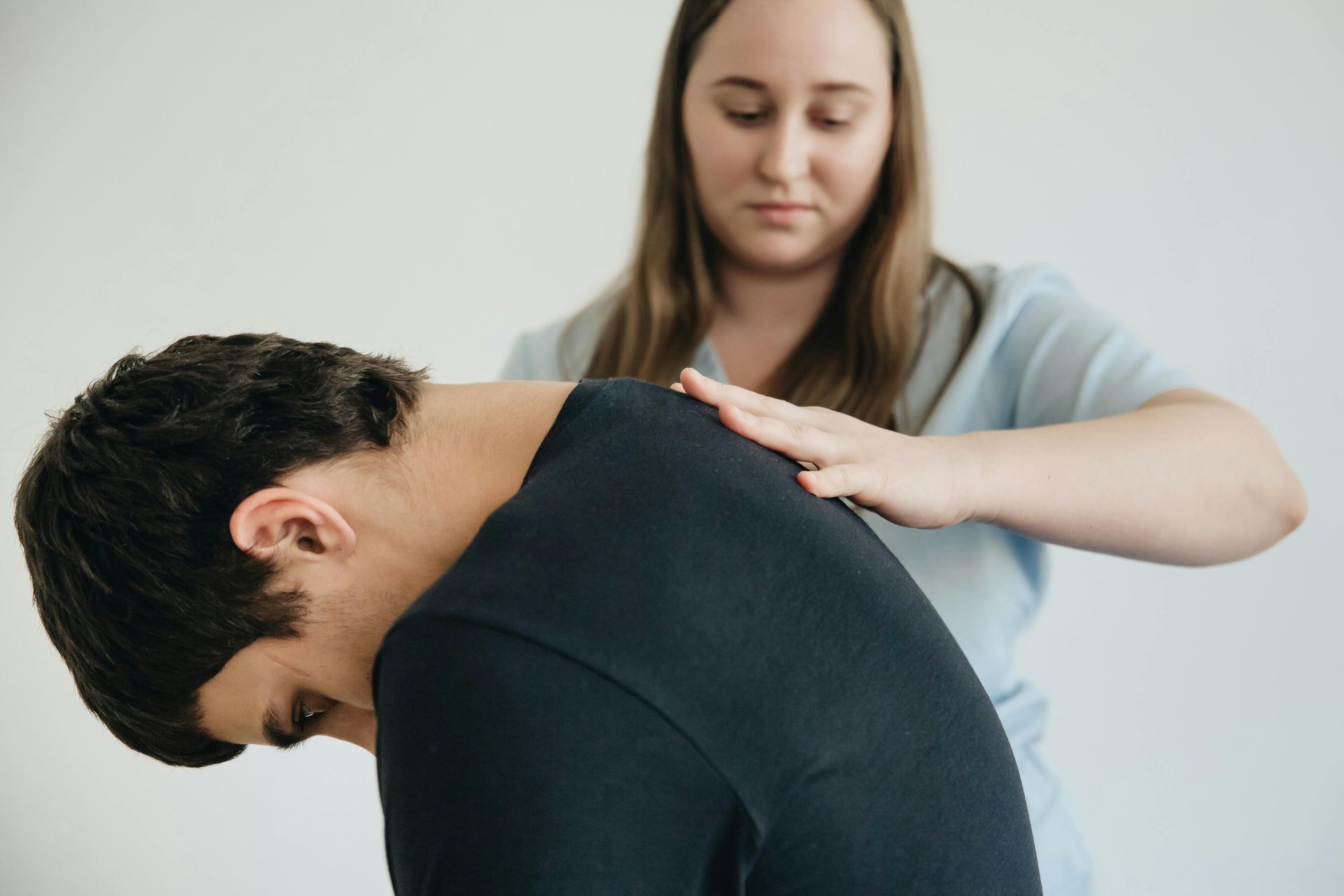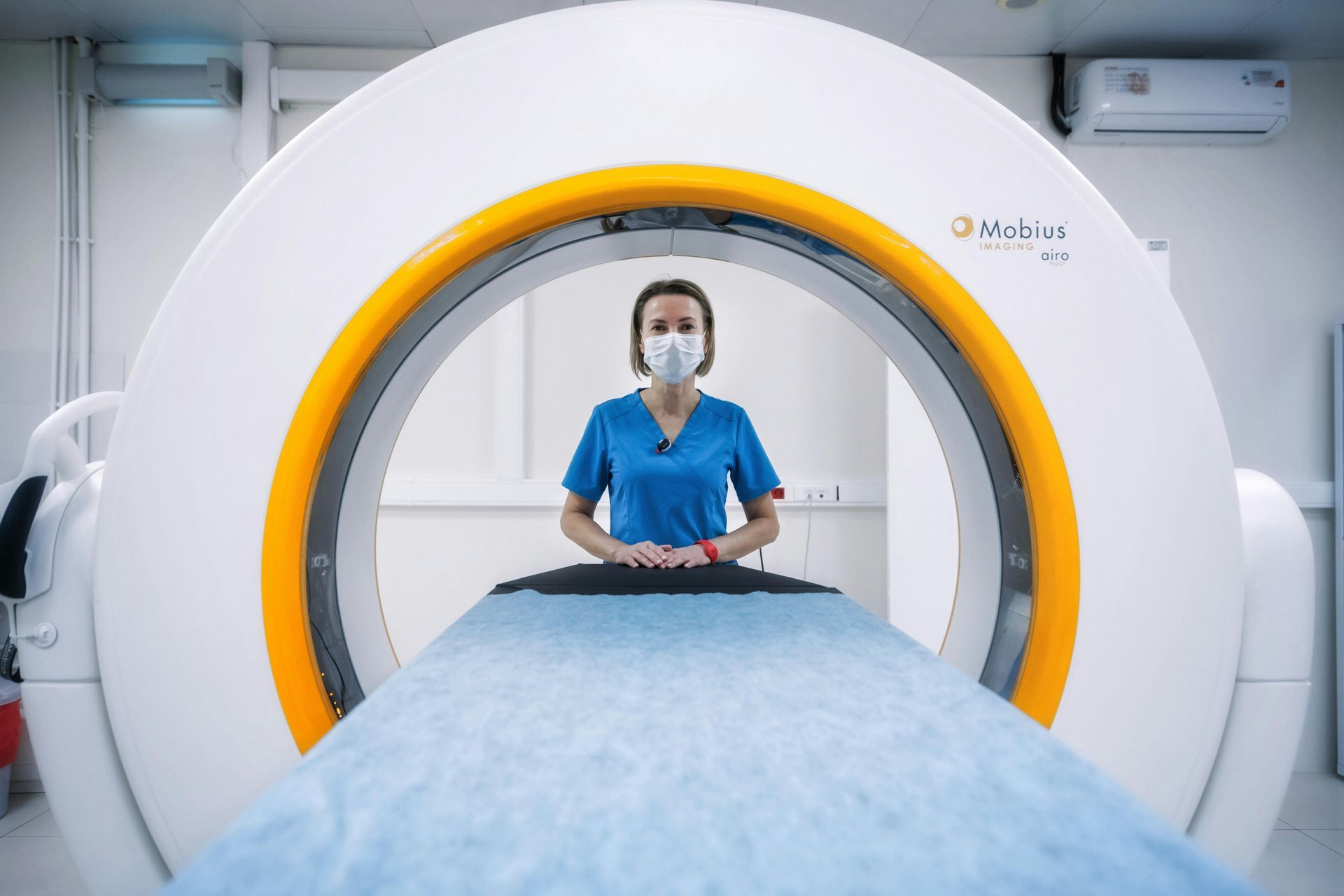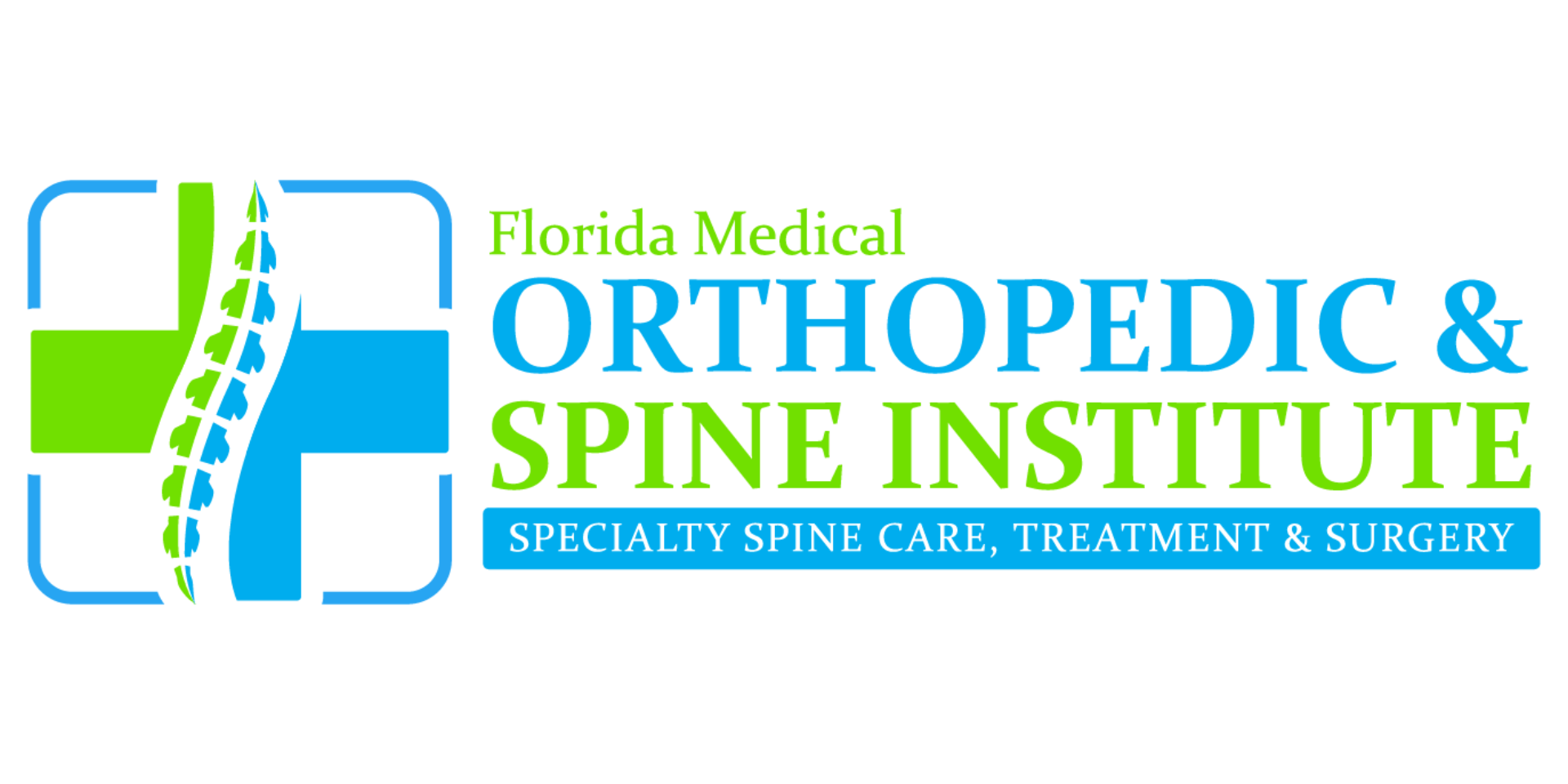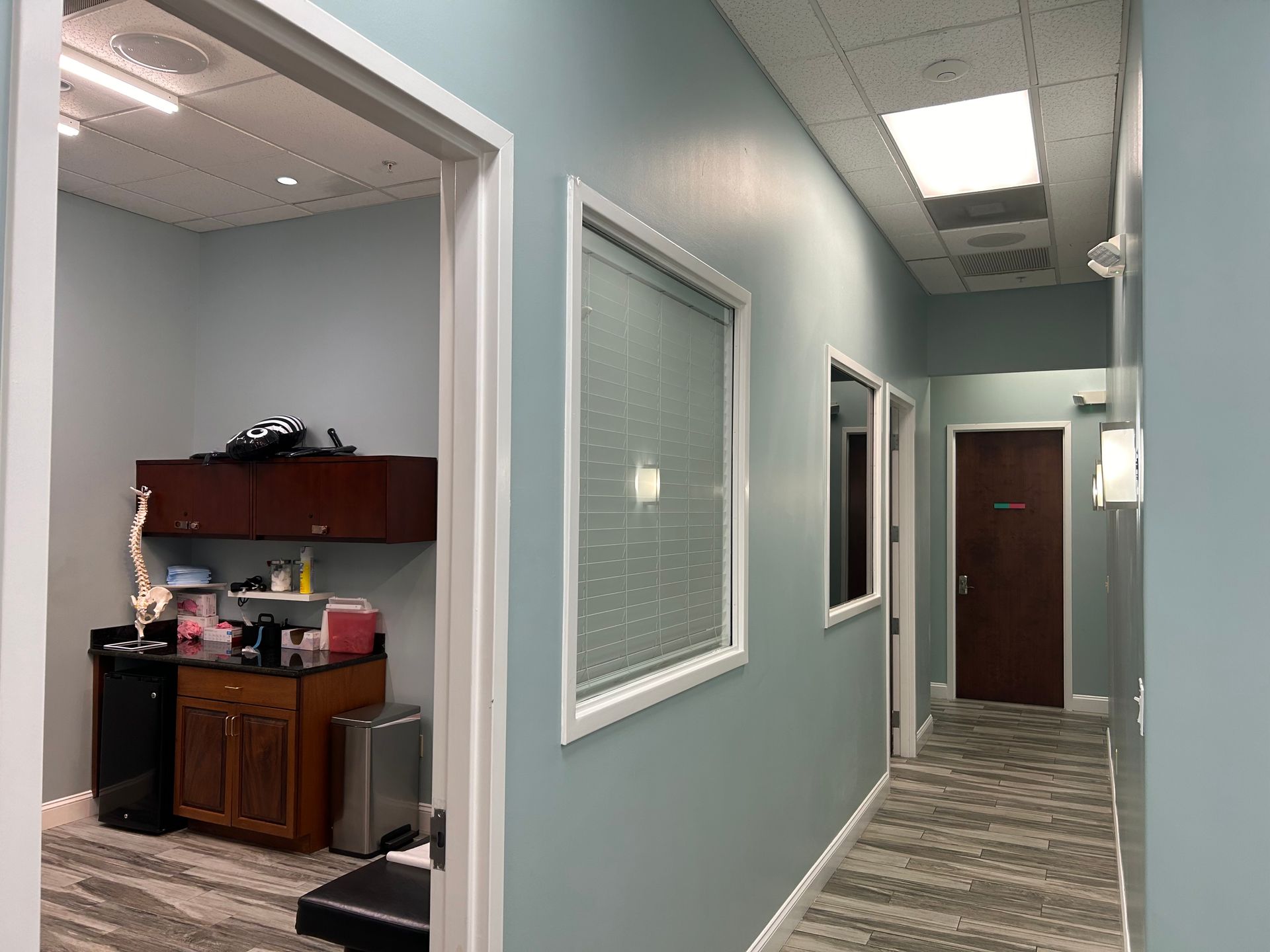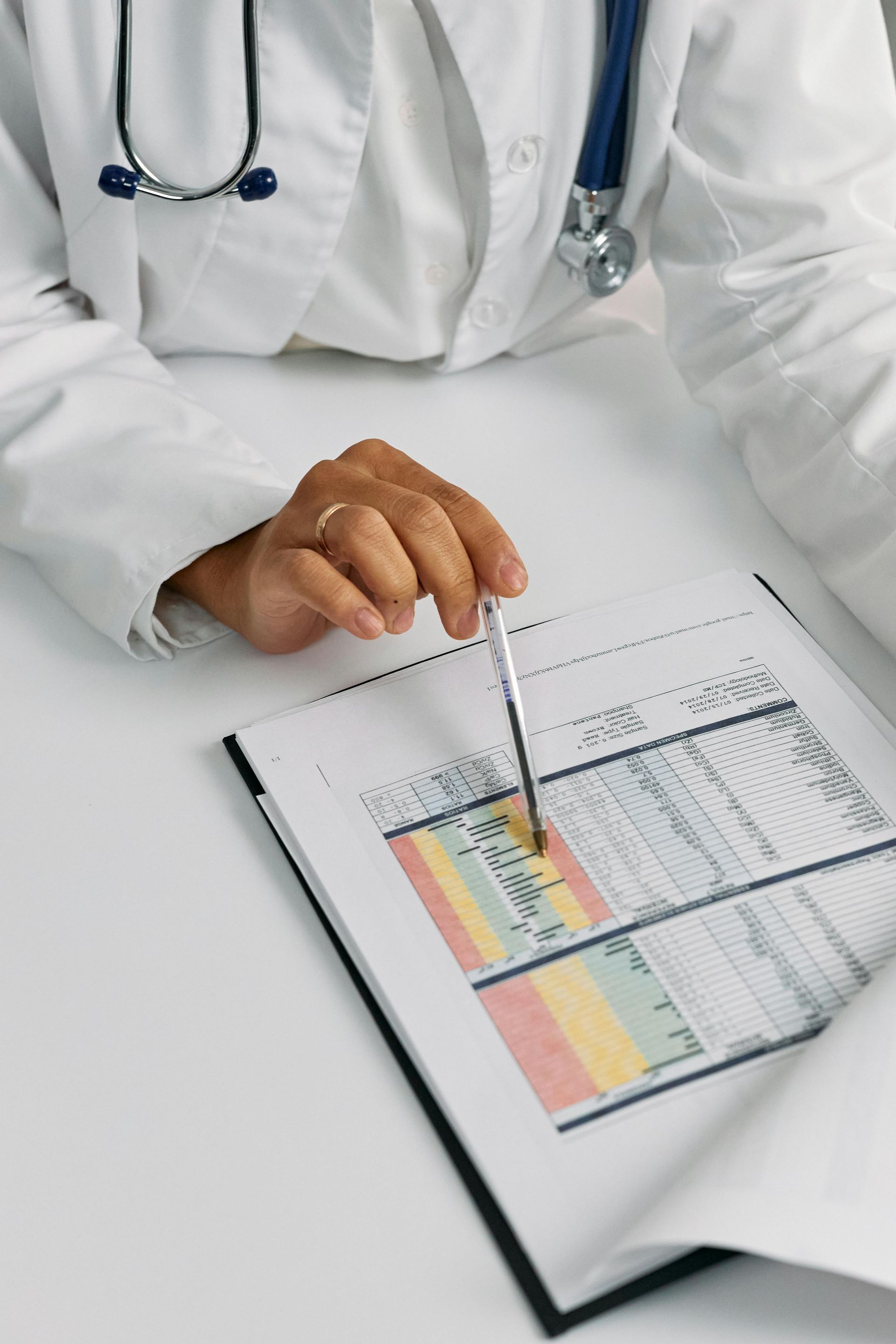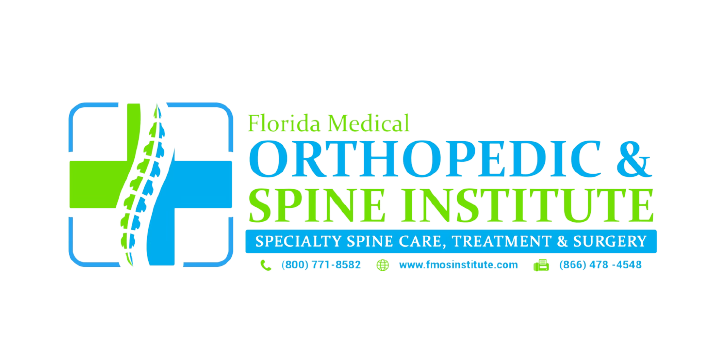The "Do's and Don'ts" of Orthopedic Surgery Recovery
Recovering from orthopedic surgery requires careful adherence to certain "Do's and Don'ts" to ensure optimal healing. Do follow your physician's post-operative instructions closely, attend all follow-up appointments, and engage in prescribed physical therapy to regain strength and mobility. Additionally, prioritize rest and maintain a healthy diet to support recovery. Conversely, avoid strenuous activities, lifting heavy objects, and ignoring pain signals, as these can hinder healing and lead to complications. At Florida Medical Orthopedic & Spine Institute, our compassionate team is dedicated to guiding you through a successful recovery, emphasizing that a mindful approach during this critical period is essential for long-term wellness.
Contact Us Today
Have a question? Looking for treatment? We’re here to help. Send us a message and we’ll be in touch.
Undergoing orthopedic surgery—whether it's a total joint replacement, a ligament repair, or a spinal procedure—is a significant step toward a pain-free, active life. But the surgery is only half the battle. Your recovery period, which often requires more discipline and dedication than the procedure itself, is what truly determines your long-term success.
To help you navigate this critical time, here is a clear-cut guide of the "Do's and Don'ts" for a successful orthopedic surgery recovery.
The DO's: Essential Steps for a Smooth Recovery
1. DO Adhere to Your Physical Therapy Plan (Religiously)
Physical therapy (PT) is the engine of your recovery. It's designed by experts to gradually restore strength, flexibility, and range of motion to your operated joint or limb.
- Consistency is Key: Treat your PT sessions and at-home exercises like a mandatory prescription. Even on days when you feel sore or tired, performing the required movements is vital to prevent stiffness and scar tissue buildup.
- Communicate Pain: Never push through sharp, sudden pain. PT should be challenging but manageable. Communicate honestly with your therapist about your pain levels.
2. DO Manage Your Pain Proactively
Effective pain control is not about masking symptoms; it's about enabling you to participate in recovery activities like physical therapy and walking.
- Stay Ahead of the Pain: Take prescribed medication before the pain becomes severe. Trying to catch up after the pain spikes is much harder.
- Use Non-Medication Methods: Regularly apply ice and elevate the affected limb to reduce swelling, which is a major contributor to pain. Utilize heat therapy (if approved by your doctor) for muscle stiffness.
3. DO Follow Weight-Bearing Restrictions Precisely
If your surgeon instructs you to be "non-weight bearing" or "partial weight bearing," this is a non-negotiable directive.
- Master Assistive Devices: Learn how to properly use crutches, a walker, or a cane. Ensure they are correctly sized to prevent putting strain on your back or other joints.
- Protect the Repair: These restrictions are in place to allow bones to mend or soft tissues (like tendons and ligaments) to heal without premature stress that could cause the repair to fail.
4. DO Prioritize Nutrition and Hydration
Your body needs fuel to repair tissue, fight inflammation, and minimize post-surgical fatigue.
- Eat for Healing: Focus on protein (for tissue repair), fiber (to counteract medication-induced constipation), and complex carbohydrates for energy.
- Drink Water: Staying well-hydrated is crucial for circulation, flushing toxins, and keeping your energy levels stable.
5. DO Get Quality Sleep
While finding a comfortable sleeping position can be difficult, your body does its most significant repair work while you sleep.
- Create a Routine: Stick to a regular bedtime schedule.
- Position for Comfort: Use extra pillows to support the operated limb and keep it elevated, as directed by your surgeon.
The DON'TS: Mistakes That Slow or Harm Recovery
1. DON'T Rush or Ignore Your Surgeon's Timeline
The most common mistake patients make is believing they are "fully recovered" just because the pain has subsided.
- No Competitive Sports or Heavy Lifting: Do not return to high-impact activities (like running, skiing, or lifting children) before you have medical clearance, regardless of how good you feel.
- Avoid the "Couch Potato" Extreme: While rest is important, prolonged inactivity leads to muscle atrophy, joint stiffness, and a slower overall recovery. Find the right balance between rest and prescribed movement.
2. DON'T Skip Blood Clot Prevention Measures
Blood clots (Deep Vein Thrombosis or DVT) are a serious risk after any major orthopedic surgery, especially those involving the lower extremities.
- Do NOT Ignore Prescriptions: If you were prescribed blood thinners, compression stockings, or foot pumps, use them exactly as directed.
- Keep Moving: Regular, gentle ankle pumps and small walks around the house (if permitted) are the best natural defense against clots.
3. DON'T Lift, Pull, or Push Heavy Objects
Even if you feel strong, the internal healing of tendons and bone graft sites is fragile in the early weeks.
- Be Smart About Chores: Avoid vacuuming, lifting heavy bags of groceries, or pushing bulky furniture. Enlist help from family and friends.
- Beware of Reaching: Avoid excessive reaching or twisting, which can put unexpected torque on a healing joint.
4. DON'T Drive Without Clearance
Driving is a complex task that requires quick reaction time and the use of the affected limb (especially the right leg for acceleration/braking).
- Wait for Approval: Never drive while taking strong narcotic pain medication. Wait until your surgeon has explicitly cleared you to drive, which may depend on your ability to perform an emergency stop without pain or delay.
5. DON'T Compare Your Recovery to Others
Everyone heals differently. Your recovery path is unique based on your age, the type of surgery, and your overall health.
- Focus on Your Progress: Avoid comparing yourself to a friend who had a similar surgery. Focus on hitting the milestones set by your physical therapist and your doctor.
A Successful Outcome Is a Partnership
Your surgeon can perform a technically perfect operation, but your commitment to the recovery process is what turns that technical success into a lasting life improvement. By adhering to these "Do's and Don'ts," you take control of your healing journey and dramatically increase your chances of a successful, long-term orthopedic outcome.
Don't Wait, Prioritize Your Health:
The moments following an accident can be chaotic, but prioritizing your health by seeking immediate medical attention is one of the most important decisions you can make. Even if you feel seemingly unharmed, hidden injuries can be lurking beneath the surface.
If you've been involved in an accident, don't delay. Visit your nearest emergency room, urgent care, or schedule an appointment with a personal injury doctor as soon as possible. At FMOS, we are dedicated to providing comprehensive and timely care to accident victims, ensuring you receive the diagnosis, treatment, and support you need to recover fully.
Your health matters. Don't let precious hours pass without getting the medical attention you deserve.
Contact Us Today
Have a question? Looking for treatment? We’re here to help. Send us a message and we’ll be in touch.


